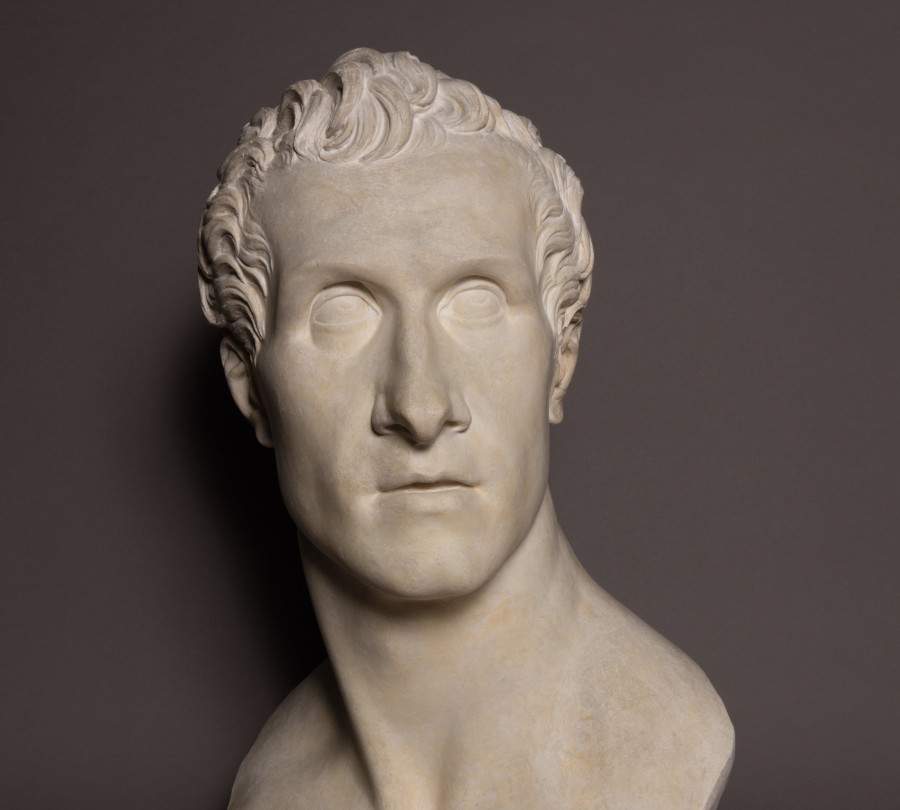From December 4, 2021 to February 20, 2022, the Salone degli Incamminati at the Pinacoteca Nazionale in Bologna will host the exhibition Antonio Canova and Bologna. At the Origins of the Pinacoteca, curated by Alessio Costarelli. The exhibition, promoted in collaboration with theAcademy of Fine Arts of Bologna, was supported by the Società di Santa Cecilia, the Friends of the Pinacoteca Nazionale di Bologna, the Department of Architecture of the University of Bologna and the Electa publishing house.
The exhibition aims to explore the theme of Antonio Canova’s relationship with the city of Bologna, its institutions and its artists, while also highlighting the sculptor ’s role in the history of the Pinacoteca’s collection. Indeed, the master of Italian Neoclassicism contributed to diplomatic operations of extraordinary importance for the city’s artistic heritage, recovering much of it from France, where it had been accumulated after the Napoleonic spoliations.
The exhibition, which is also an opportunity to recall the origins of the largest public collection of Bolognese art, is part, as a pilot project, of the program of initiatives with which the Pinacoteca Nazionale di Bologna intends to renew its presence in the cultural fabric of the city, making clear the link between the museum’s heritage and the history of the territory and thus strengthening the link between past and present.
The exhibition is accompanied by the publication of a catalog published by Electa.
Antonio Canova, Self-portrait (1812; plaster; Bassano del Grappa, Museo Civico) © Musei Civici di Bassano del Grappa
 |
| At the Pinacoteca di Bologna, an exhibition explores the relationship between Canova and the city |
Warning: the translation into English of the original Italian article was created using automatic tools. We undertake to review all articles, but we do not guarantee the total absence of inaccuracies in the translation due to the program. You can find the original by clicking on the ITA button. If you find any mistake,please contact us.